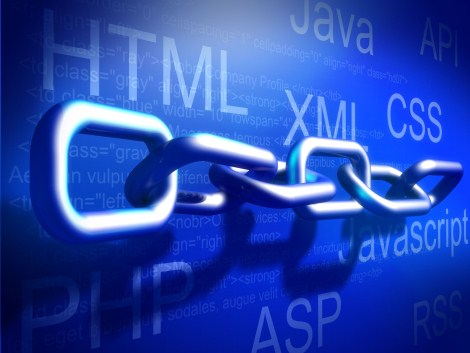The Extensible Mark-up Language is considered to be the data format of the present and the future. The expansion “eXtensible Mark-up Language” more or less embodies the goal of XML: A standardized, exchangeable format for the content and structure, which can be extended or customized to meet individual needs. Here, XML itself is a means to an end: a language and not quite a standardized format for content and structure. XML can become a standard only through appropriate definitions. But is this not a contradiction in itself? Doesn’t the result become proprietary again through the individualized definition?
No one who is involved with the creation and maintenance of structured texts or content these days can afford to ignore XML any more. However, this does not necessarily mean that one has to delve into the depths of XML or even give up one’s accustomed and valued manner of working, such as working in a WYSIWYG environment.
One of the main tenets while developing processes is to ensure future-oriented, efficient solutions. Here, XML has contributed immensely so far. Today, almost all established procedures in technical documentation for capturing the content and form or in preserving content are XML-based.
This is especially true in the context of authoring systems, where XML plays the decisive role. Yet, many feel ill at ease, in this area particularly. In terms of function, the leading systems are not quite as different as they are often assumed to be: quite the contrary. However, they ...
Read more after login
tekom members can log in directly with their "My tekom" access data.
You are not yet a tekom member, but would like to read one or more articles in full? Then you have the opportunity to register on the internet portal of the technical journal 'tcworld' without obligation. Once you have registered, you can select any three specialist articles and view them in full for a period of two months. The selection will then be deleted and you can select three new articles for the next two months.
As a tekom member you benefit from the following advantages::
- Online access to all articles of the trade magazine 'tcworld magazine'
- Exclusive specialist articles from all areas of technical communication
- Regular new articles from over 300 authors
- The technical journal 'tcworld magazine' as a printed edition
- Reduced admission prices to tekom conferences
- Membership fees for tekom publications
- Access to 'my tekom', the web forum with job offers / job requests, appointments, expert advice, service provider file and much more
Login
Registration
Promised: The trade magazine 'tcworld magazine' is the best we have. And we don't make the choice easy for ourselves. Every month, the editorial staff of the technical journal 'tcworld magazine' publishes the latest articles by renowned authors. This demanding selection is available exclusively to members of tekom (as usual, including the printed edition).
The trade magazine 'tcworld magazine' stands for intelligently prepared specialist articles, texts written to the point, informative content, surprising insights, international perspectives and communicates technical communication in an understandable, fast, clear and uncomplicated way - exclusively for you.
